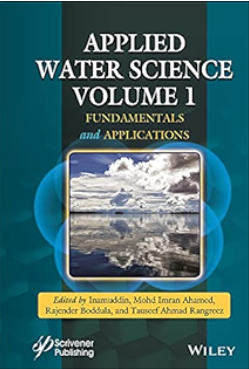Hydrogeochemical signatures, quality and driving forces of phreatic groundwater in a typical headwater region of the Yellow River watershed
Abstract
Groundwater chemistry is essential for water supply to both human community and ecosystems. This study focuses on a typical headwater region of the Yellow River watershed, aiming to get insights into the hydrogeochemical characteristics and governing factors of phreatic groundwater in the large river watershed. Phreatic groundwater exhibits slightly alkaline properties in this alpine headwater region. The majority of the sampled groundwater is relatively fresh. Groundwater hydrochemical facies are predominantly of Ca–HCO3 type, gradually evolving to Mg·Ca–Cl type, and then to Na–Cl along the groundwater flow path. Groundwater hydrochemical composition is primarily governed by sulfates dissolution, silicates weathering, and cation exchange reactions in natural processes. Agricultural practices and municipal sewage contribute nitrogen and chemical constituents into phreatic aquifers, resulting in increased salinity and the progressive deterioration of phreatic groundwater quality. Approximately 25% of sampling groundwater exceeded the recommended limit for NO3−, and around 20% surpassed the limit for F−. These exceedances could potentially pose health risks to the population due to oral exposure. Groundwater exhibits significant variation in hydrochemical quality, with EWQI values ranging from 26 to 185. The majority (75%) of sampled groundwaters have the EWQI values less than 100, and are suitable for direct human consumption. Considering the rising population density in the alpine headwater region of large river watershed worldwide, the ongoing monitoring of groundwater supplies is essential to detect any potential toxic substances that may arise from human activities.

 求助内容:
求助内容: 应助结果提醒方式:
应助结果提醒方式:


